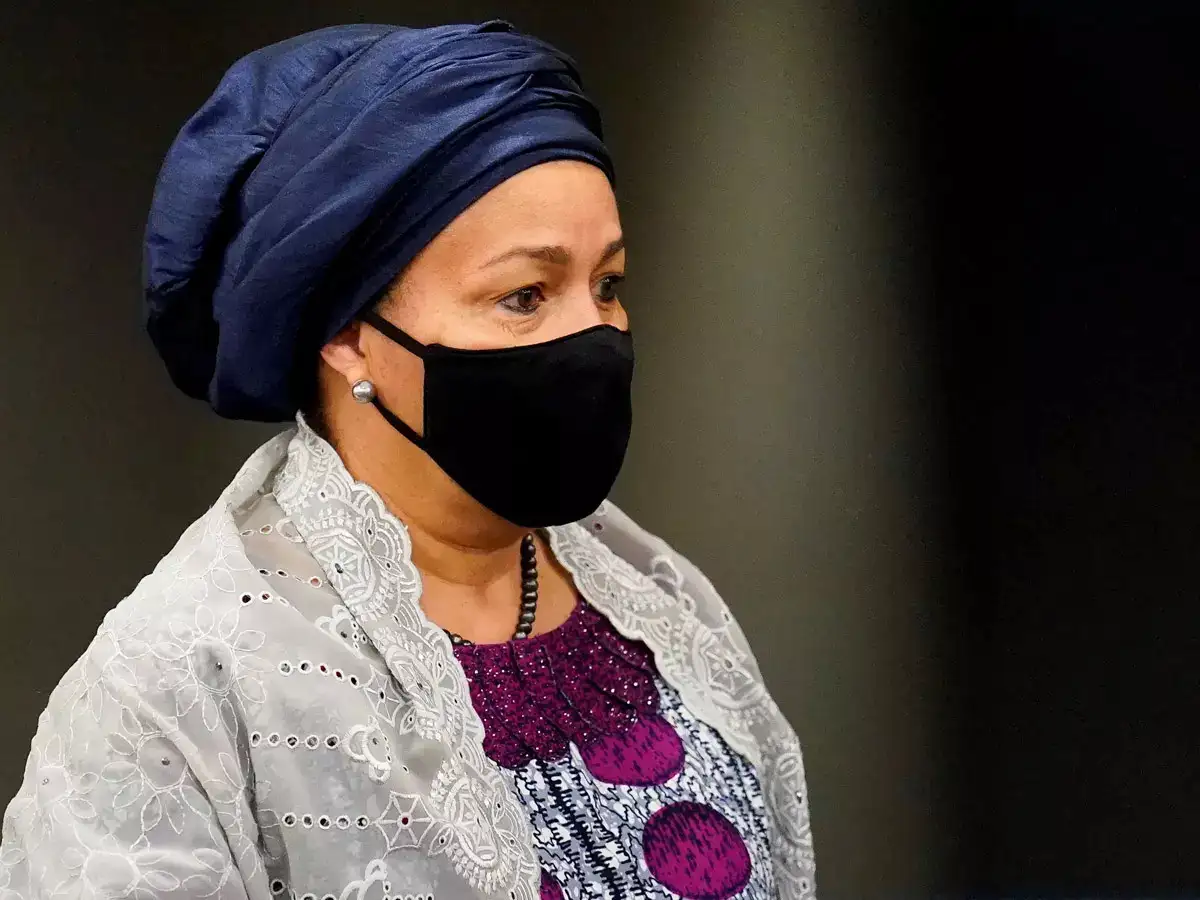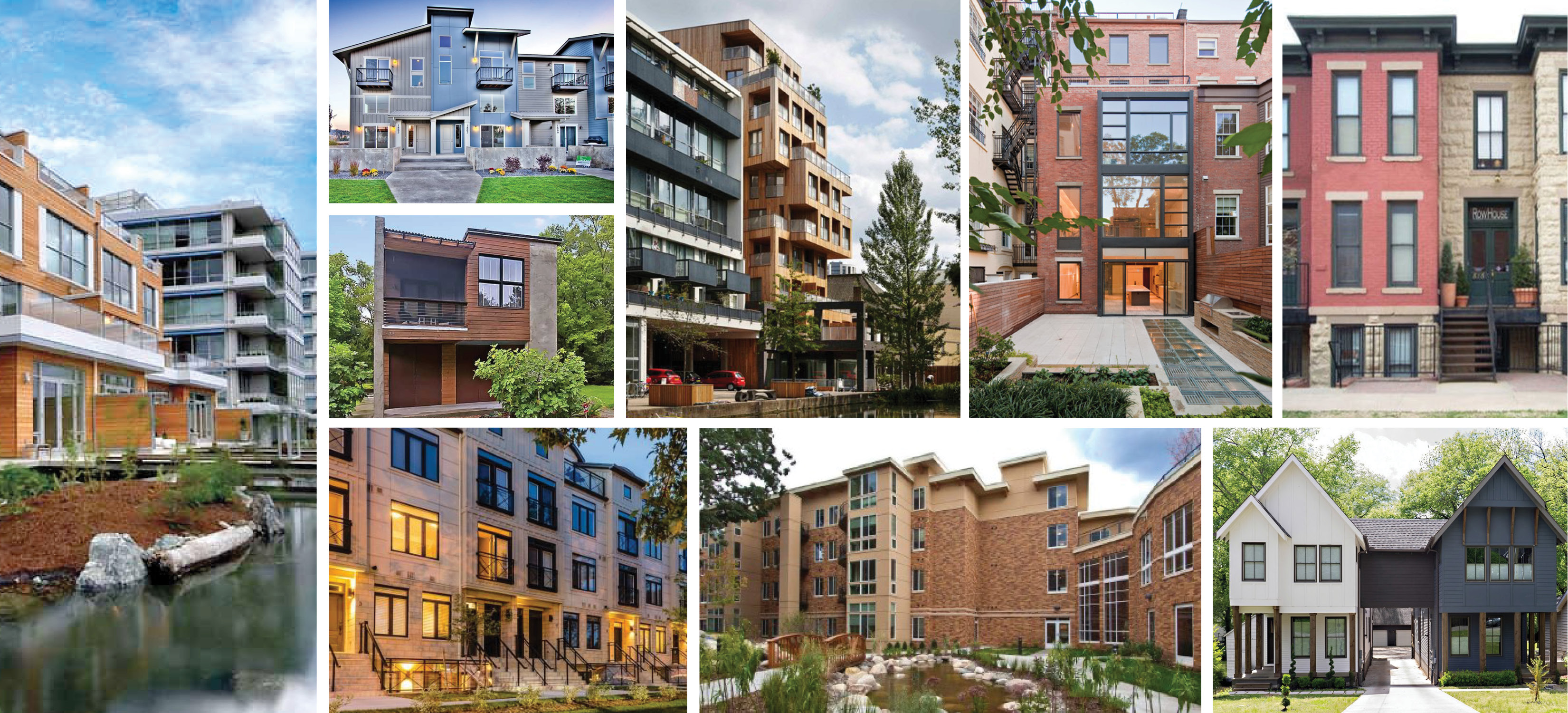UNDP praises Bihar’s disaster risk reduction model – Times of India

Report on Bihar’s Leadership in Disaster Risk Reduction and Alignment with Sustainable Development Goals
Conference Overview and Objectives
A national conference was convened in Patna by the Bihar State Disaster Management Authority (BSDMA) in collaboration with the United Nations Development Programme (UNDP) India. The event brought together over 160 participants, including government officials, technical experts, and international partners, to discuss Bihar’s leading role in disaster risk reduction (DRR) and climate action. The primary objective was to advance resilience strategies that are inclusive, technology-enabled, and climate-responsive, directly contributing to the achievement of key Sustainable Development Goals (SDGs).
Alignment with Sustainable Development Goals (SDGs)
The conference’s agenda and outcomes demonstrated a strong commitment to several SDGs:
- SDG 11 (Sustainable Cities and Communities): By focusing on reducing disaster risk from hazards such as floods and lightning, the initiative directly addresses Target 11.5, which aims to significantly reduce the number of deaths and people affected by disasters.
- SDG 13 (Climate Action): The emphasis on developing “climate-responsive resilience strategies” aligns perfectly with Target 13.1, which calls for strengthening resilience and adaptive capacity to climate-related hazards and natural disasters.
- SDG 17 (Partnerships for the Goals): The collaboration between the state-level BSDMA and the international UNDP, involving civil society and national agencies, exemplifies the multi-stakeholder partnerships essential for achieving the SDGs.
Key Discussions and Strategic Approaches
Discussions highlighted Bihar’s multi-hazard preparedness and the importance of a practical pathway toward resilience. Key strategic approaches deliberated upon include:
- Advancing inclusive DRR strategies to ensure the protection of all communities.
- Leveraging technology to enhance disaster preparedness and response.
- Integrating climate action into DRR planning to build long-term resilience.
- Learning from both successes and failures to create innovative and effective models.
Outcomes and Recommendations for National Replication
The conference produced significant outcomes and recommendations aimed at scaling Bihar’s successful model nationwide, thereby accelerating progress on the SDGs.
- Model for Replication: The collaboration between BSDMA and UNDP was highlighted as a model of state-level leadership aligned with global frameworks. Bihar’s approach offers a replicable model for other states to strengthen resilience through evidence-based planning and inclusive governance, contributing to national SDG targets.
- Consolidated Lessons: The conference successfully consolidated lessons from Bihar and other states on implementing locally-anchored DRR strategies.
- Nationwide Scaling: A key recommendation was to scale inclusive and technology-driven DRR approaches across the country to enhance national resilience.
- Enhanced Collaboration: Opportunities were identified for greater interstate collaboration, institutional partnerships, and capacity development to further strengthen DRR efforts in line with SDG 17.
Analysis of Sustainable Development Goals in the Article
1. Which SDGs are addressed or connected to the issues highlighted in the article?
-
SDG 11: Sustainable Cities and Communities
The article’s core focus is on Bihar’s “disaster risk reduction (DRR) model,” which directly relates to making human settlements safer and more resilient. The mention of specific hazards like floods and lightning reinforces this connection.
-
SDG 13: Climate Action
The article explicitly mentions “climate action” and the development of “climate-responsive resilience strategies.” This shows a direct engagement with strengthening resilience and adaptive capacity to climate-related hazards.
-
SDG 17: Partnerships for the Goals
The collaboration between the Bihar State Disaster Management Authority (BSDMA) and the United Nations Development Programme (UNDP) India is a central theme. The national conference brought together “senior government officials, national agencies, technical experts, civil society organizations, and international partners,” exemplifying a multi-stakeholder partnership to achieve common goals.
2. What specific targets under those SDGs can be identified based on the article’s content?
-
Under SDG 11:
- Target 11.5: “By 2030, significantly reduce the number of deaths and the number of people affected…caused by disasters…” The entire initiative discussed in the article, focusing on disaster risk reduction for hazards like floods and lightning, is aimed at achieving this outcome.
- Target 11.b: “…implementing integrated policies and plans towards…mitigation and adaptation to climate change, disaster risk reduction…” The article highlights Bihar’s leadership in advancing “multi-hazard disaster preparedness” and creating a “replicable model” based on “evidence-based planning, innovation, and inclusive governance,” which aligns with this target.
-
Under SDG 13:
- Target 13.1: “Strengthen resilience and adaptive capacity to climate-related hazards and natural disasters in all countries.” The conference’s goal to deliberate on “advancing inclusive, technology-enabled, and climate-responsive resilience strategies” is a direct effort towards this target.
-
Under SDG 17:
- Target 17.16: “Enhance the Global Partnership for Sustainable Development, complemented by multi-stakeholder partnerships that mobilize and share knowledge, expertise, technology…” The collaboration between BSDMA and UNDP, and the conference itself, serve as a platform for sharing knowledge and consolidating lessons on DRR strategies.
- Target 17.17: “Encourage and promote effective public, public-private and civil society partnerships…” The conference, which brought together over 160 participants from government, international partners, and civil society, is a clear example of promoting such partnerships.
3. Are there any indicators mentioned or implied in the article that can be used to measure progress towards the identified targets?
-
For Target 11.5:
While no specific numbers are given, the article implies that progress would be measured by a reduction in the impact of disasters. The focus on “floods and lightning” suggests that indicators would include a decrease in deaths and affected populations from these specific events.
-
For Target 11.b:
An implied indicator is the existence and implementation of Bihar’s disaster risk reduction model. The article states that this model is “replicable for other states,” which serves as a qualitative indicator of its success and completeness as an integrated plan.
-
For Target 13.1:
The development and implementation of “inclusive, technology-enabled, and climate-responsive resilience strategies” is an implied indicator. The success of these strategies in managing climate-related hazards would be the ultimate measure.
-
For Targets 17.16 & 17.17:
The article provides direct evidence that can be used as indicators. These include:
- The established collaboration between BSDMA and UNDP.
- The successful execution of a “daylong national conference” with over 160 participants from diverse sectors.
- The identification of “opportunities for interstate collaboration, institutional partnerships, and capacity development.”
4. Summary Table of SDGs, Targets, and Indicators
| SDGs, Targets and Indicators | Targets | Indicators |
|---|---|---|
| SDG 11: Sustainable Cities and Communities | 11.5: Reduce deaths and economic losses from disasters. | Implied: Reduction in the impact of floods and lightning in Bihar. |
| 11.b: Implement integrated policies and plans for disaster risk reduction. | Existence and implementation of Bihar’s “replicable model” for DRR and climate action. | |
| SDG 13: Climate Action | 13.1: Strengthen resilience and adaptive capacity to climate-related disasters. | Development of “inclusive, technology-enabled, and climate-responsive resilience strategies.” |
| SDG 17: Partnerships for the Goals | 17.16 & 17.17: Enhance global and multi-stakeholder partnerships. | The established collaboration between BSDMA and UNDP; the national conference with 160+ diverse participants. |
Source: timesofindia.indiatimes.com

What is Your Reaction?
 Like
0
Like
0
 Dislike
0
Dislike
0
 Love
0
Love
0
 Funny
0
Funny
0
 Angry
0
Angry
0
 Sad
0
Sad
0
 Wow
0
Wow
0









































































